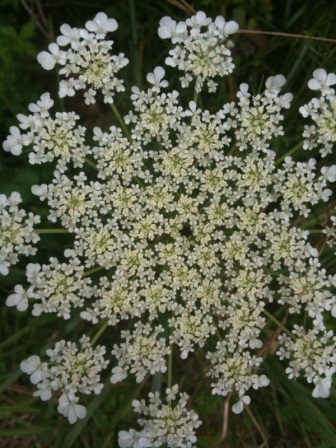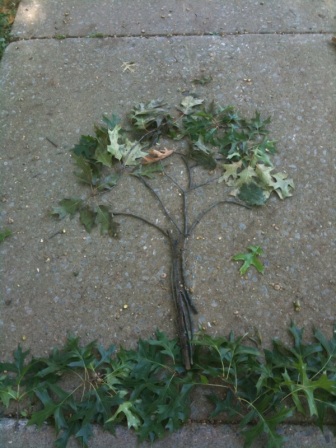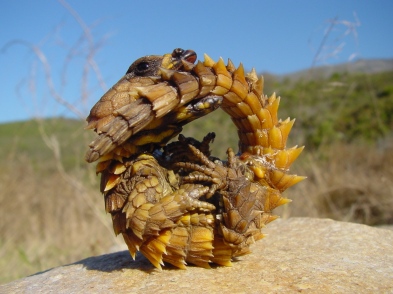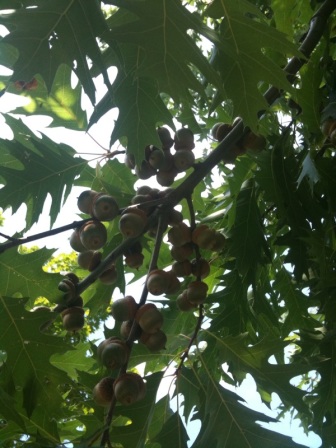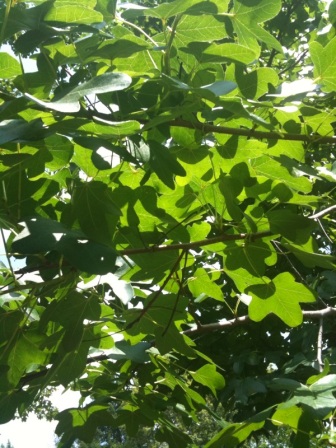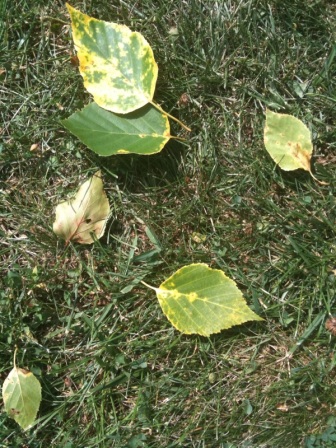It is 1:51 am, do you know where your nature blogger is?
Well I will tell you. I am sitting in my apartment, in my pajamas, awake and periodically checking on the moon, which is transforming slowly in a solstice lunar eclipse. I am waiting for the unbelievable moment when the Sun, Earth, and Moon are aligned in Space, and the moon is surrounded by a glowing red “sunset” of light refracted through Earth’s atmosphere.
I haven’t posted in too long–truthfully I have been having a hard time coming up with the right things to say. I started a few posts, but my sentences were all jumbled and my metaphors too complicated. I knew what I felt but couldn’t quite make the transition into words. I wanted to write about pine trees and the idea of Work. I wanted to draw beautiful scenes in my paper journal. I wanted to go walking in crisp winter air, feel the snow kiss my cheeks. But here I am instead, my apartment in the middle of the night, feeling sleepy at all the wrong times.
The view out my window is a bit lonely–it doesn’t translate well in my iphone camera.
.
 .
.
But really right now it looks beautiful to me. The snow is gently, silently falling, covering the ground in this unifying blanket of white. The grass, the roads, the sidewalks are all blended together into one unbroken landscape. It feels like I am the only one here, but I know that in fact there are many people around the world, huddled under blankets and rubbing bleary eyes with me, waiting to see the shadow of the earth cross the moon. In the mean time, I have made some hot chocolate for company.
.
 .
.
And yes, it has mini-marshmallows AND whipped cream.
………………
Just checked outside again, slippers on my feet and a blanket tucked around my shoulders. The moon is a half crescent gleaming in the sky. According to NASA, the last time there was a total lunar eclipse on the solstice was December 21st, 1638. I wonder what the people looking up that night thought? A sign from God(s)? The end of the world? An omen? Just a beautiful sight? Who was more mesmerized–them, struggling to grasp how such a thing could be, or me, knowing what it takes to make it happen?
…………………….
2:14 am. The moon is just a fuzzy sliver of light, but the clouds are thick and rolling, obscuring it after just a few seconds. They seem to be on the move so I am hoping to have at least a few moments of visibility when the show really starts at ~2:41.
…………………..
2.23 am. Someone just came out of their apartment and walked outside. Perhaps I am not the only one waiting for the eclipse?
………………….
2:25 am. Hmmm.. only thick clouds as far as I can see. Well, I’ll keep my fingers crossed. Starting to get sleepy.
……………….
3:17 am
For a long time the sky seemed intent on holding onto its covering of clouds. I stood out on my balcony for a long time, my neck craned up searching for an opening, but none came. I was afraid to look down or go inside, sure that during that brief moment a window would open and I would miss it.
I did happen to meet some neighbors–they had just gotten home from the bars and wanted to take a look before going inside. I love moments like these, seeing people’s curiosity about nature in the unlikeliest of places. We need to fuel the partying sophomore’s love of nature as much as anyone else’s.
Finally I decided to embrace this experience for all it was worth, moon or no. I put on some socks and my winter jacket, gathered up a blanket and my beach chair and set myself up in the front yard.
.
 .
.
Note: For the record, I didn’t actually sit under this light, I just needed it to take the picture.
I arranged myself in the lawn and leaned back, breathing in the cold air. Snowflakes fluttered down around me as I watched the thick mass of clouds hover in the sky. I decided that I would not get a chance to see the moon, but I did get to see a few stars glimmering brightly through slips in the clouds. I did watch the tree branches dance with the wind. I did inhale the night and the wonder of Outside. And suddenly, as with so many things in life, the moon appeared right where I least expected it. I had been looking close to the spot I had last seen it around 2:15, but there it was, lower down, balancing right above the tree branches. The sighting was brief, but look! A large parting in the clouds. I sat silent, perfectly still like a hunter waiting for its prey to approach. The space came closer and closer to where I had last glimpsed the moon.. closer.. only to change shape and veer up at the last minute. Perhaps that brief moment of clarity was all I would get. The cold was seeping into my toes, swirling across my back where my shirt had ridden up.
And then, at long last, a strong wind blows the clouds, scattering them, making its way through them like a river through stone. The clouds push across the sky, and eureka!
The glowing red orb lit by a thousand refracted sunrises. The round, pregnant sphere improbably lined up in space with our turning Earth and the life-giving sun. The moon!, which has hung in the sky and pulled at the tides over all the people who have ever lived.
It was beautiful, the way everything else I saw was beautiful. I had been stuck, unable to find the words, unwilling to venture out into the cold, but tonight changes that. I went out, I sat in the snow in the middle of the night–just me, the trees, the fluttering white flakes, the clouds, and the moon. I searched for it and I found it. But I also found the reminder that everything else is worth seeing and experiencing as well. That red candy moon is just the cherry on top of the great boundless dessert of the earth, the night, the stars, the wind, the cold, and last but not least, of getting my voice back.



